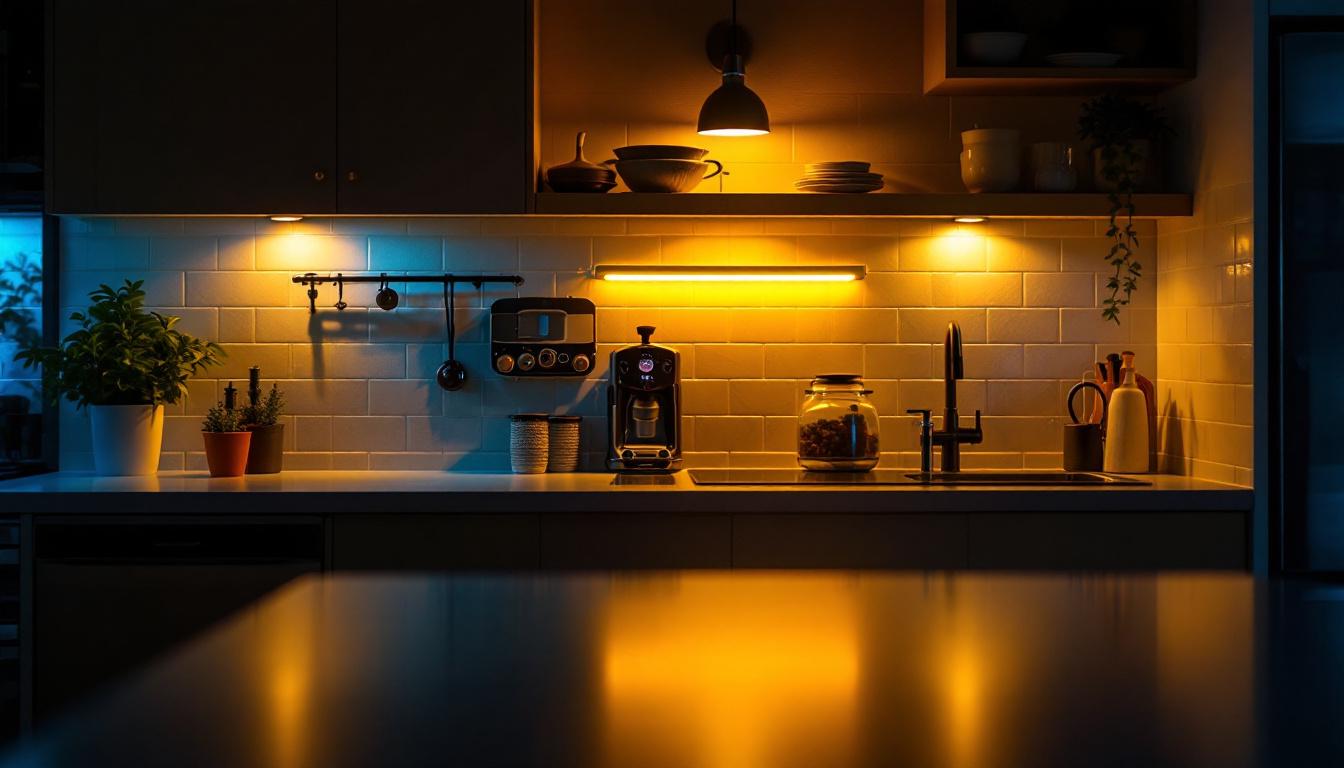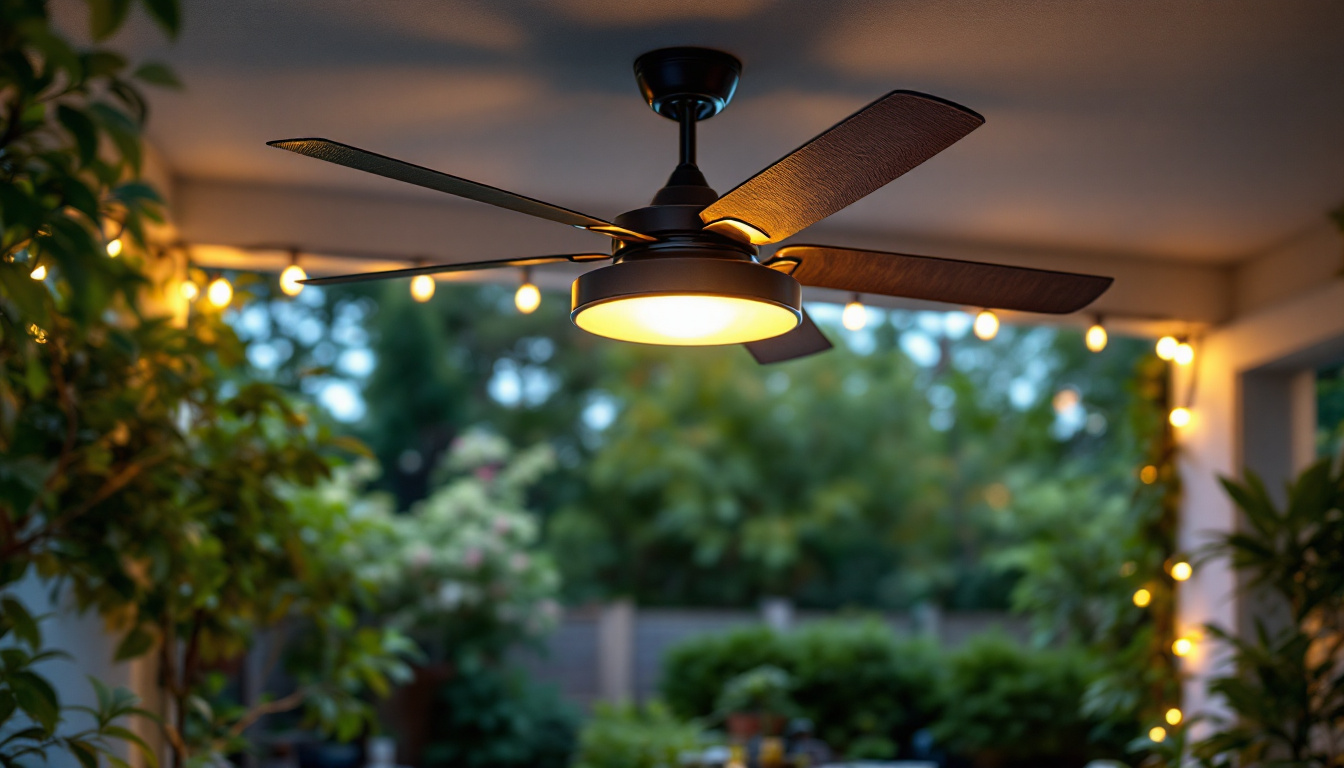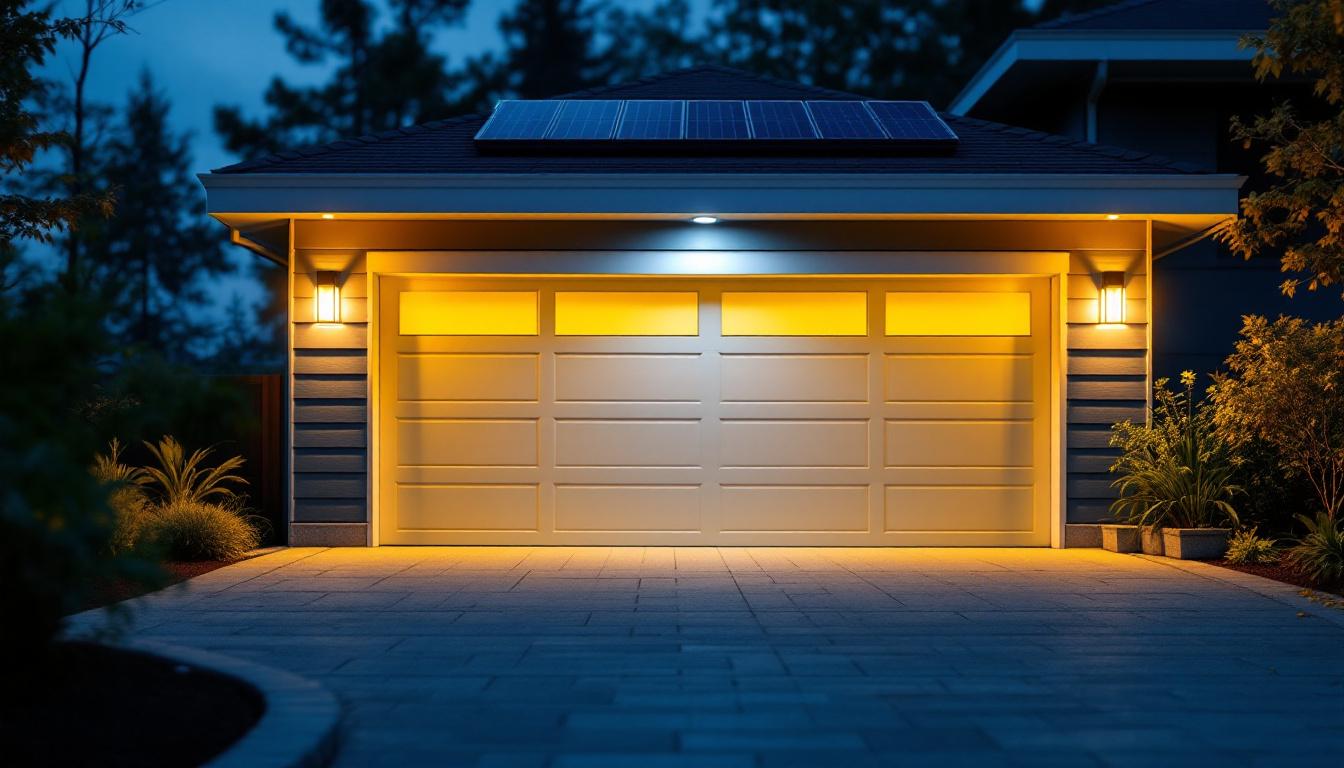
Lighting plays a crucial role in enhancing the functionality and aesthetics of any space, particularly when it comes to cabinetry. For lighting professionals, understanding the nuances of cabinet lighting is essential. This article serves as a comprehensive checklist designed to help lighting contractors navigate the complexities of selecting and installing lights for inside cabinets.
Cabinet lighting is not merely an aesthetic choice; it significantly impacts usability and ambiance. Proper lighting can transform a dark, cramped space into a bright, welcoming area. It enhances visibility, making it easier to find items stored within cabinets, while also adding a touch of elegance to the overall design. The right lighting can create a sense of openness, making small kitchens or storage areas feel larger and more inviting. This is particularly beneficial in homes where space is at a premium, as it allows for better organization and accessibility of items.
Moreover, effective cabinet lighting can highlight specific features, such as glassware or decorative items, creating focal points that draw the eye. This dual functionality of utility and beauty makes it an essential consideration for any lighting professional. By strategically placing lights to illuminate artwork or unique collections, homeowners can showcase their personal style while ensuring that practical needs are met. Additionally, the mood created by well-placed lighting can enhance the overall experience of a room, making it suitable for both everyday use and special occasions.
When it comes to cabinet lighting, there are several types to consider, each with unique advantages. These include LED strip lights, puck lights, and under-cabinet fixtures. Understanding the differences can help in making informed decisions based on the specific needs of a project. For instance, LED strip lights are particularly effective in modern designs, offering a sleek and minimalist look that can seamlessly blend with cabinetry. Their flexibility allows for creative installations, such as along the edges of shelves or inside glass-front cabinets, enhancing the visual appeal.
Puck lights, on the other hand, offer a more concentrated light source, ideal for highlighting specific areas within a cabinet. These small, round fixtures can be installed in various configurations, providing targeted illumination where it’s needed most. Under-cabinet fixtures provide general illumination, ensuring that the entire space is well-lit. They are often used in kitchens to illuminate countertops, making food preparation safer and more efficient. Additionally, with advancements in technology, many of these lighting options now come with dimming capabilities, allowing users to adjust the brightness based on the time of day or the occasion.
In today’s eco-conscious environment, energy efficiency is a critical factor in lighting design. LED lights are the go-to choice for cabinet lighting due to their low energy consumption and long lifespan. They produce minimal heat, reducing the risk of overheating within enclosed spaces. This not only contributes to a safer environment but also means that less energy is wasted, aligning with sustainable living practices that many homeowners prioritize.
When advising clients, it is important to highlight the long-term savings associated with energy-efficient lighting solutions. While the initial investment may be higher, the reduced energy bills and longer replacement intervals make LEDs a cost-effective choice over time. Furthermore, the environmental benefits of choosing energy-efficient lighting cannot be overstated; by reducing energy consumption, homeowners contribute to a decrease in overall carbon emissions. This aspect is increasingly appealing to consumers who are looking to make more sustainable choices in their home renovations and improvements, ensuring that their spaces are not only beautiful but also environmentally responsible.
Creating an effective lighting layout for cabinets requires careful planning. The layout should enhance functionality while complementing the overall design of the space. Consideration of the cabinet’s purpose, the items stored within, and the desired ambiance will guide the design process.
Begin by assessing the size and shape of the cabinet. For larger cabinets, multiple light sources may be necessary to achieve uniform illumination. Smaller cabinets might only require a single light source, but placement is key to avoid shadows. A well-thought-out layout will ensure that every corner is adequately lit, enhancing the user experience.
Placement is one of the most critical aspects of cabinet lighting design. Lights should be positioned to minimize shadows and maximize visibility. For instance, placing lights at the top of a cabinet can cast light downward, illuminating the items stored below.
In corner cabinets, consider using adjustable fixtures to direct light where it is most needed. Additionally, integrating motion sensors can enhance convenience, allowing lights to turn on automatically when the cabinet doors are opened.
Incorporating dimmer switches into cabinet lighting can significantly enhance the functionality of the space. Dimmers allow users to adjust the light levels according to their needs, whether for bright task lighting or a softer ambiance.
Smart lighting controls are also becoming increasingly popular. These systems can be programmed to operate on schedules or controlled remotely via mobile devices, offering unparalleled convenience and flexibility. Lighting professionals should stay informed about the latest technologies to provide clients with the best options available.
The selection of fixtures is a vital component of cabinet lighting. The right fixture not only influences the quality of light but also contributes to the overall aesthetic of the cabinetry. When selecting fixtures, consider the style, size, and finish to ensure they align with the client’s vision.
For contemporary designs, sleek, minimalist fixtures may be appropriate, while more ornate fixtures can complement traditional cabinetry. Additionally, the size of the fixture should be proportional to the cabinet space; oversized fixtures can overwhelm a small cabinet, while undersized fixtures may fail to provide adequate illumination.
The materials and finishes of fixtures can significantly affect the overall look and feel of the cabinet lighting. Metal finishes, such as brushed nickel or chrome, can add a modern touch, while antique brass or bronze can enhance a more classic aesthetic.
Furthermore, the choice of materials can impact durability and maintenance. Fixtures made from high-quality materials will withstand the test of time, ensuring that the cabinet lighting remains functional and attractive for years to come.
It is essential to ensure that the chosen fixtures are compatible with the cabinet design. For example, recessed lighting may be suitable for built-in cabinetry, while surface-mounted fixtures might be better for standalone cabinets. Understanding the nuances of different cabinet styles will help in making informed decisions.
Additionally, consider how the lighting will interact with other design elements, such as countertops and wall colors. The goal is to create a cohesive look that enhances the overall aesthetic of the space.
Proper installation is crucial for achieving optimal results in cabinet lighting. Lighting professionals should adhere to best practices to ensure safety, functionality, and longevity of the lighting system.
Begin by following manufacturer guidelines for installation, as these will provide specific instructions tailored to the fixtures being used. Ensuring that all electrical connections are secure and compliant with local codes is paramount to avoid potential hazards.
Wiring is a critical aspect of installation that should not be overlooked. Ensure that the wiring is appropriately rated for the fixtures being installed. Additionally, consider the layout of the wiring to avoid clutter and ensure a clean finish.
For new constructions or major renovations, it may be beneficial to work with an electrician to ensure that the wiring is up to code and capable of supporting the lighting load. This step can prevent future issues and ensure a safe installation.
After installation, it is essential to test the lighting system thoroughly. Check for any flickering lights or inconsistent brightness, as these issues can indicate wiring problems or faulty fixtures. Adjust the positioning of lights as necessary to achieve the desired effect.
Encouraging clients to provide feedback after the installation can also be beneficial. They may have specific preferences for light levels or fixture placement that can be adjusted to enhance their experience further.
Once the cabinet lighting is installed, ongoing maintenance is essential to ensure longevity and performance. Regular cleaning and inspections can prevent issues and keep the lighting system functioning optimally.
Dust and debris can accumulate on fixtures and lenses, diminishing light output. A simple cleaning routine can help maintain brightness and clarity. Additionally, check for any signs of wear or damage, such as frayed wires or burnt-out bulbs, and address these issues promptly.
Educating clients about the maintenance of their cabinet lighting is crucial. Providing them with guidelines on how to care for their fixtures and when to replace bulbs can empower them to take an active role in the upkeep of their lighting systems.
Consider offering a maintenance schedule or reminders for bulb replacements, as this can enhance client satisfaction and foster long-term relationships. Clients who feel informed and supported are more likely to recommend services to others.
In summary, effective cabinet lighting is a multifaceted endeavor that requires careful consideration and planning. From understanding the importance of lighting to selecting the right fixtures and ensuring proper installation, lighting professionals play a vital role in creating functional and beautiful spaces.
By following this essential checklist, lighting contractors can enhance their expertise and provide clients with exceptional service. The right cabinet lighting not only improves usability but also elevates the overall design, making it a worthwhile investment for any project.
Ready to take your cabinet lighting projects to the next level? At LumenWholesale, we provide lighting professionals like you with the highest quality, spec-grade lighting products at prices that can’t be beaten. Say goodbye to local distributor markups and hello to our extensive selection that meets rigorous industry standards. With free shipping on bulk orders, you can trust that you’re getting premium lighting at the best value — no hidden fees, no compromises. Elevate your lighting designs today and experience wholesale lighting at the best value with LumenWholesale.

Discover the top benefits of metal outdoor ceiling fans for lighting contractors.

Discover the frequent pitfalls lighting contractors encounter with 8ft fluorescent bulbs.

Discover how solar lights can transform your garage into an energy-efficient haven.

Discover the latest ceiling stairway lighting trends every lighting contractor must know.